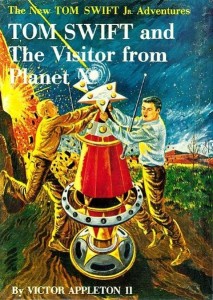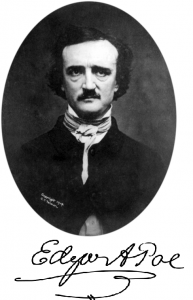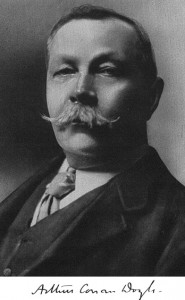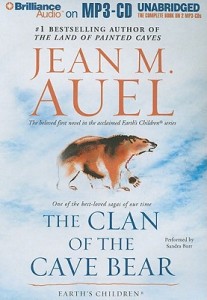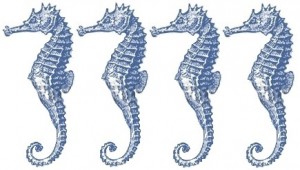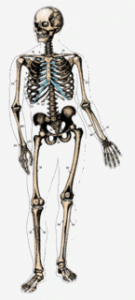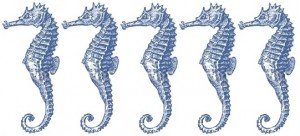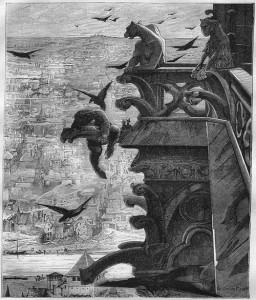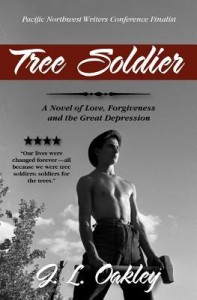 A relative suggested I read Tree Soldier by J.L Oakley, ©2010, and I did so. Usually I read books on CD, but I read the paperback version of this book. Yes, I read the “dead tree” version, and yes, I see the irony in that, considering the book’s title.
A relative suggested I read Tree Soldier by J.L Oakley, ©2010, and I did so. Usually I read books on CD, but I read the paperback version of this book. Yes, I read the “dead tree” version, and yes, I see the irony in that, considering the book’s title.
The novel takes place in 1935 in the Pacific Northwest. It is mainly about the character Park Hardesty, who hails from Pennsylvania, but joins the Civilian Conservation Corps, partly to escape the guilt over some events of his past. He falls in love with a girl who lives in town near the CCC camp, but there is a rival for her affection and Park’s past eventually catches up to him.
The book seems to be well researched, and gives a vivid picture of life at a CCC camp in the state of Washington during the Depression. It seems a realistic portrayal of the interactions of a quasi-military camp of young men from various parts of the country living in close quarters, and their interactions with each other and with the “locals.” We see their rough behavior, rough language, jealousies, and developing interests in some detail. It’s clear the protagonist is trying to make a new life and put his past behind him. The romance between Park and Kate seemed realistic and blossomed with the right mixes of thoughtful tentativeness and emotion on both parts. The ending is exciting and well-paced.
Before I review the novel’s weaknesses, I should note I read the book in brief snatches over a period of months. It’s possible a more concentrated reading of more than a few pages at a time would have yielded a better impression.
Although the beginning and ending are both thrilling and action-packed, the rest of the book is very slow. It’s as if the author wanted to include all her research in the book to give it credibility, but much of it ends up slowing down the plot. Also the work suffers from poor editing, with word errors, missing quotation marks, a name spelling change, and anachronisms (people didn’t say “no way” in 1935).
For me the most maddening part involves what happens following the commission of a vicious crime. The entire town seems to leap to a conclusion about who did it; that’s just human nature. However, the victim comes out of her recuperation to announce a fact about the prime suspect. Not a peep about who might have done the crime, and no one seems interested in asking her. The authorities launch into an investigation of footprints and combing the territory with search parties, etc. All the while I’m wondering why no one is asking the victim any questions. Perhaps she has some clue about the perp, or even knows who did it. No mention of any of that until the scumbag is caught and locked up. Then we learn the victim remembered the smell of his breath and one facial feature. The only part important to Oakley’s plot is that announced fact about the prime suspect. After that, there’s no point in concealing the victim’s knowledge from the reader. In fact this reader began to suspect the town of being populated by idiots.
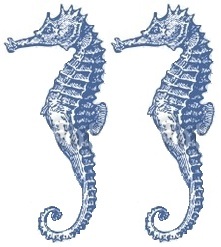 Tree Soldier is getting excellent reviews on Amazon and Goodreads and has won some awards, but I’ll have to dissent from that majority. If you have an interest in that historical period, or setting, or the CCC, you might enjoy it. It is a nice romance between two strong and well-drawn characters. But the weaknesses lead me to give it a rating of 2 on my seahorse rating scale.
Tree Soldier is getting excellent reviews on Amazon and Goodreads and has won some awards, but I’ll have to dissent from that majority. If you have an interest in that historical period, or setting, or the CCC, you might enjoy it. It is a nice romance between two strong and well-drawn characters. But the weaknesses lead me to give it a rating of 2 on my seahorse rating scale.
Whether you agree or disagree I’d like to know your comments about the book. Leave a comment for–
Poseidon’s Scribe

